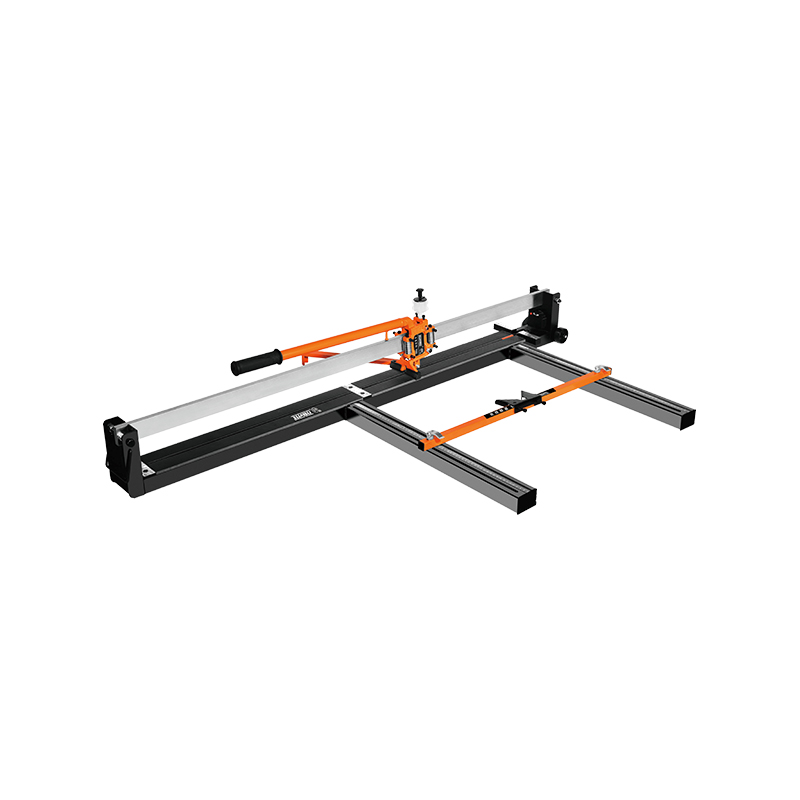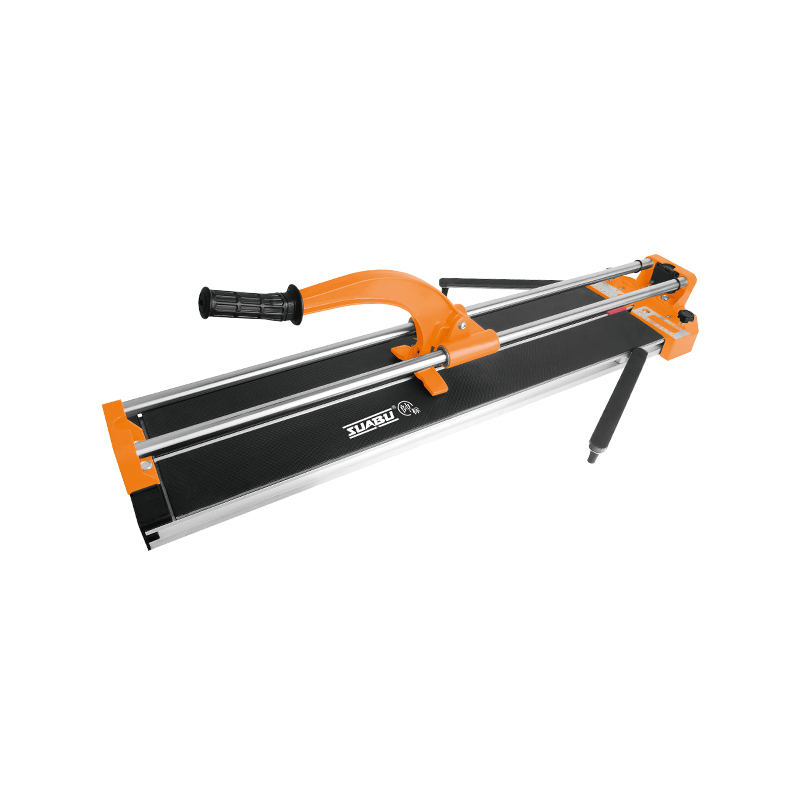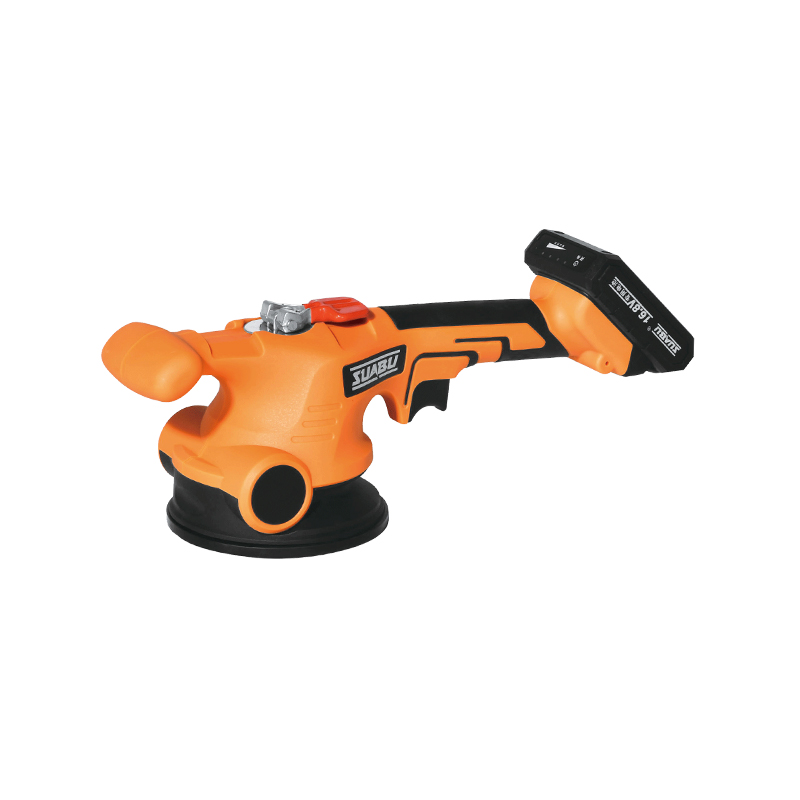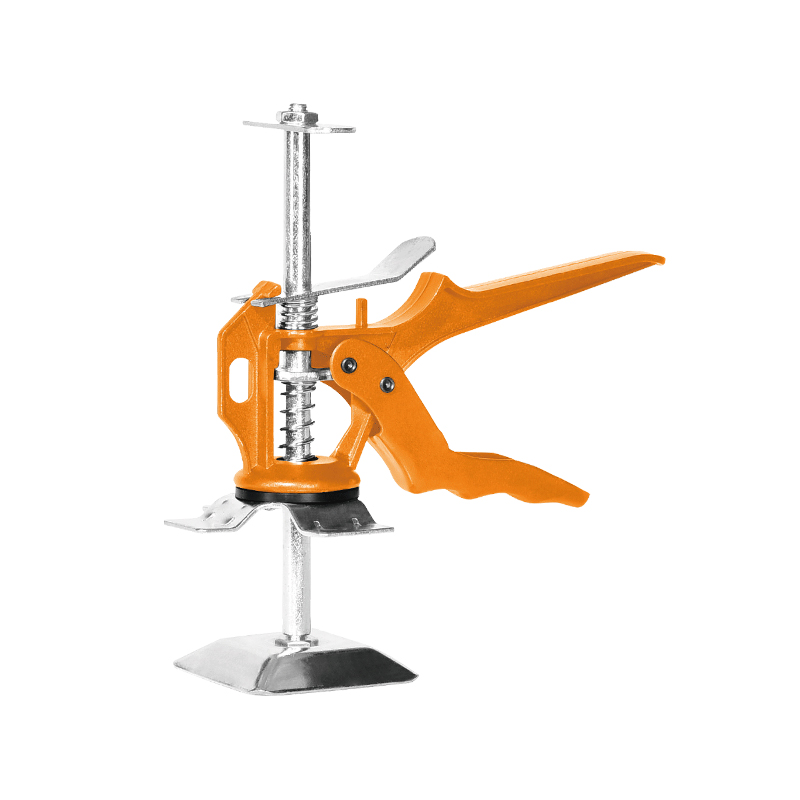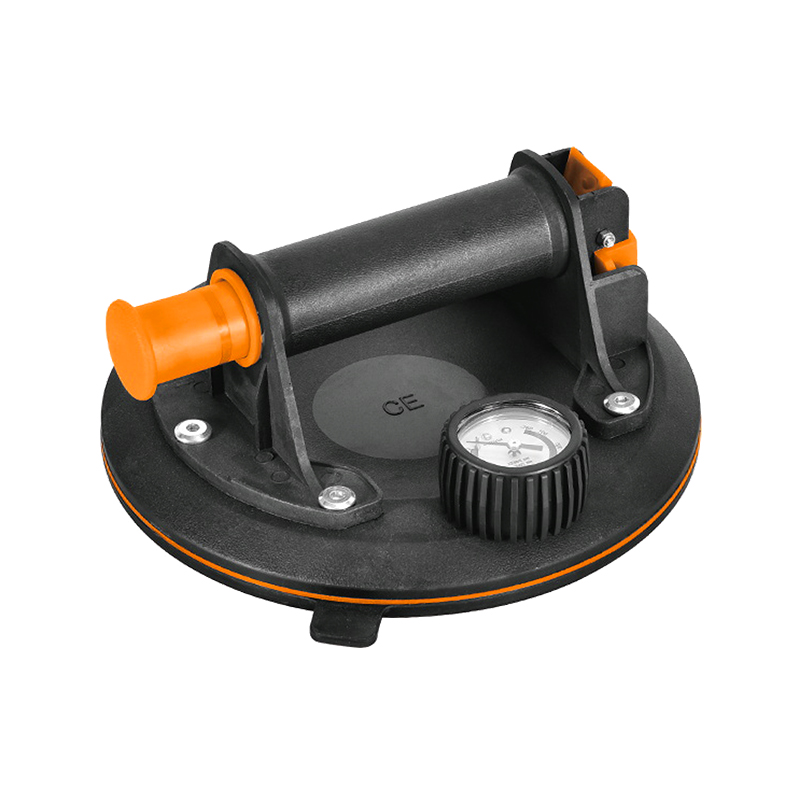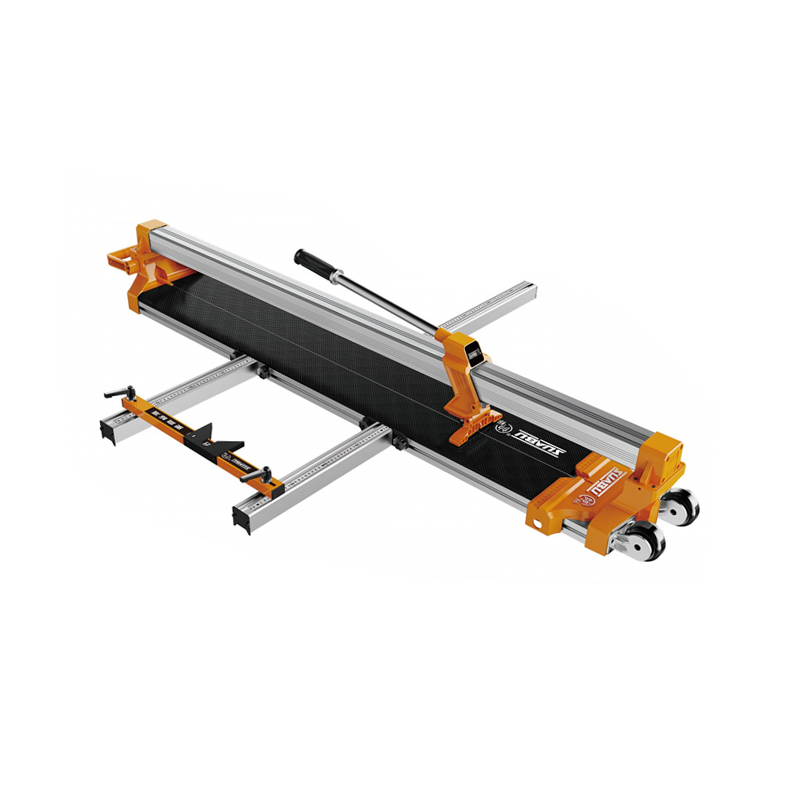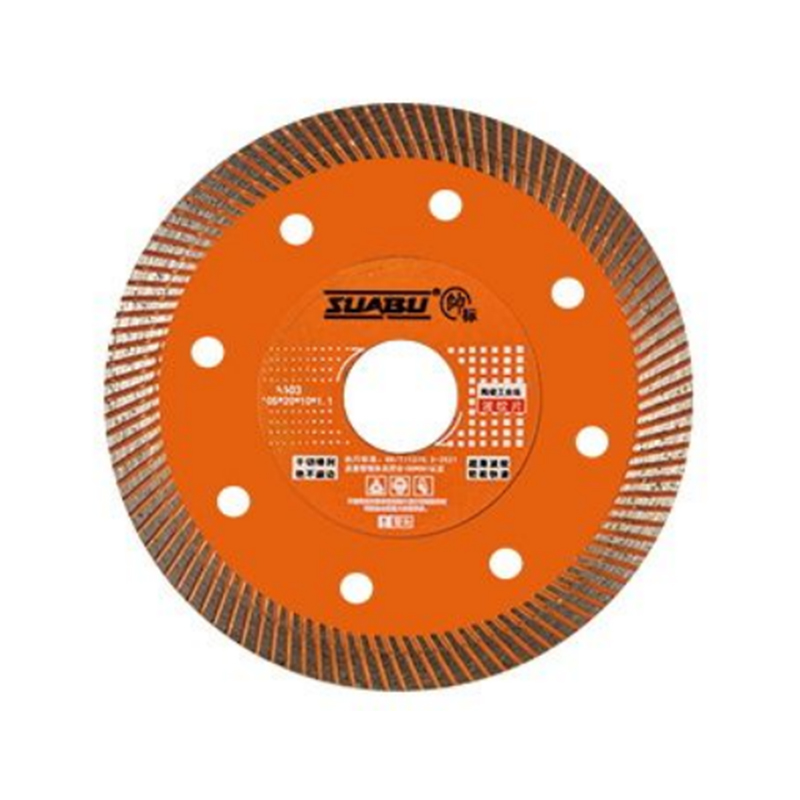What is the principle of tile cutting machine?
2024-04-17
A tile cutter is a power tool specially used to cut hard materials such as ceramic tiles, ceramic tiles, and marble. Its working principle and main components are as follows:
1. Cutting principle: Ceramic tile cutting machines usually use high-speed rotating diamond cutting discs or carbide cutting discs to cut tiles into the required size through the friction between the cutting disc and the tiles.
2. Cutting blade: The cutting blade is the core component of the ceramic tile cutting machine. It is usually made of diamond or carbide and has high hardness and wear resistance. The diameter and thickness of the cutting blade will affect the cutting effect and service life.
3. Motor: The motor of the tile-cutting machine provides power to the cutting blade, causing it to rotate at high speed. The power and speed of the motor will affect the cutting speed and effect.
4. Guide rail: Some tile cutting machines are equipped with a guide rail system to guide the cutting blade to move in a straight line to improve cutting accuracy.
5. Operating handle: The operating handle is used to control the movement and cutting direction of the cutting machine to ensure the stability and safety of the cutting process.
6. Safety devices: Tile-cutting machines are usually equipped with safety devices, such as emergency stop buttons, protective covers, etc., to protect the operator's safety.
7. Cutting depth adjustment: Some tile-cutting machines allow users to adjust the cutting depth to accommodate tiles of different thicknesses.
The working principle of the tile-cutting machine is relatively simple, but you need to pay attention to safety when operating to avoid injuries caused by damage to the cutting blade or splashing of tile fragments. At the same time, correctly selecting the cutting blade and adjusting the cutting parameters can improve the cutting effect and extend the service life of the cutting blade.
In addition to tile cutters, there are several other floor tile cutting tools available, each with its advantages and suitable for different cutting needs and scenarios. Here are some common floor tile cutting tools and their characteristics:
1. Manual Tile Cutter: A manual tile cutter is a cost-effective and practical cutting tool suitable for small renovation projects or DIY home projects. Its working principle involves a sliding mechanism with a carbide cutting head that scores the tile surface, and then applies pressure to snap the tile. Manual tile cutters are simple to operate, do not require electricity, and are easy to carry. However, they may not be effective for thicker tiles or harder materials.
2. Wet Saw: A wet saw uses water to cool the blade and reduce dust generated during cutting. Wet saws are typically equipped with diamond blades, making them suitable for cutting heavy floor tiles, marble, and stone. The water cooling system not only extends the blade's life but also enhances cutting precision and efficiency. This tool is ideal for large projects and professional construction sites, but it is relatively cumbersome to use due to its size and need for a water supply.
3. Angle Grinder: An angle grinder is a versatile power tool that can be fitted with various cutting and grinding discs for multiple tasks such as cutting, grinding, and polishing. When equipped with a diamond blade, an angle grinder can cut floor tiles and is flexible enough for curved cuts and edge trimming. Angle grinders are suitable for scenarios requiring flexible operations but must be used with caution to prevent fragments from flying.
4. Tile Hole Saw: When installing floor tiles, sometimes holes need to be made for pipes, wires, and other fixtures. A tile hole saw is specifically designed for drilling holes in tiles, usually using diamond or carbide as the drill bit material to ensure efficiency and precision on hard tiles.
When choosing floor tile cutting tools, it is essential to consider the specific project needs and operating conditions. Different tools have their own applications and advantages, and using them in combination can improve work efficiency and cutting quality. Regardless of the tool selected, safety equipment should always be worn during operation, and proper usage guidelines should be followed to ensure safety.
In summary, correctly using and maintaining these floor tile cutting tools can effectively enhance construction efficiency, extend the tools' lifespan, and ensure that the cutting results meet the required standards.

